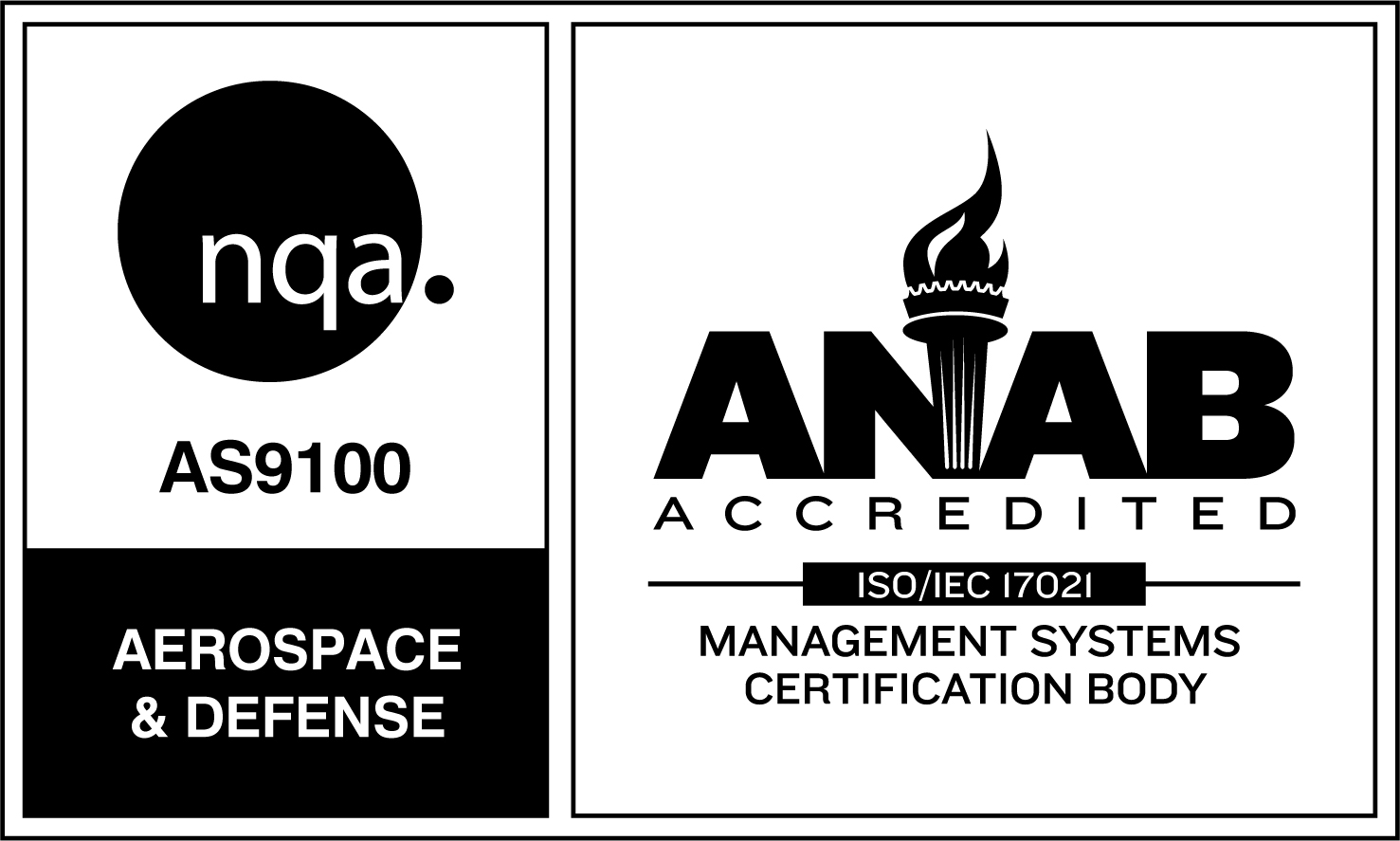Metals are usually joined together by welding or brazing. Welding describes that process of melting the two pieces together using a high temperature flame. Brazing, however, is the process that uses a metal that has a lower melting point to join the two pieces together.
A “flux” in metallurgy (derived from the Latin word fluxus – meaning “flow”) is the agent used for cleaning, flowing, or purifying. Their function can vary but are an essential component in brazing.
Essentially, fluxes remove oxides and other contaminants in order to create solid, high quality brazed joints.
You Got the Right Flux, Baby
A common misconception is that the same flux can be used for any job. A flux is a mix of chemicals, fluorides, and fluoroborates, and must be used at the exact same temperature as the consumable alloy when brazing. The additional chemicals – and proportions of those chemicals – determine the needed temperature range for the flux in use.
Experienced metallurgists know how to use a flux with the correct temperature range in order to make sure the flux can be displaced by the molten alloy.
Factors in Flux Selection
The composition of the base metal and filler material typically determines flux selection. For example, aluminum alloys should be coated with aluminum brazing fluxes. Aluminum-bronze and magnesium bronze fluxes braze only with aluminum-bronze and magnesium bases. Ferrous and nickel alloys can use two types of fluxes: silver-brazing or some other high-temperature flux.
Metallurgists will also use boron-modified fluxes to braze carbides, and then fill the joint with silver-brazing alloys containing nickel. High-temperature fluxes and fillers can also be used when brazing carbides if the carbide-steel mixture can tolerate extreme temperatures close to 2,000 °F.
Choosing the right flux is important for any brazing operation conducted outside of an inert or reducing atmosphere environment, such as those found in vacuum brazing furnaces.
Flux Types
Because brazing takes place at very high temperatures, many of the fluxes commonly used in lower-temperature processes, like soldering and welding, can’t be used. A brazing flux must retain thermal stability at the temperatures required by the parent materials and the filler metal.
These are a few of the flux types brazing operators choose from during the planning stages of a project:
- Borax-based fluxes: In addition to being a common ingredient in detergents and many other products, borax has long been used as a flux in welding processes, including brazing. Borax improves the flow of filler metals and reacts with certain oxides to lower their melting points.
- Aluminum and magnesium fluxes: Low melting points and outstanding chemical reactivity make these fluxes useful for handling oxidation problems when brazing aluminum components.
- Silver fluxes: Compounds of potassium borates, boric acid, and other chemicals typically are used with materials that are prone to forming oxides. This type of flux is useful for brazing components made from cobalt and nickel, among others.
- Alkaline fluxes: When a braze project will work at exceptionally high temperatures, a flux containing alkaline borates and boric acid can be used. These are suitable when the component materials themselves require high temperatures.
Thermal-Vac is a brazing leader
Our facilities are state-of-the-art, and regularly upgraded to the highest standards providing an ideal setting to offer our customers a wide range of brazing, heat treating, and coating services.
If you would like more information on brazing, flux types, or help with choosing the right flux for a challenging job, give Thermal-Vac a call.


